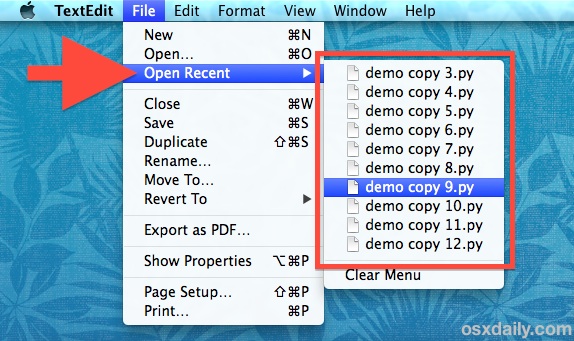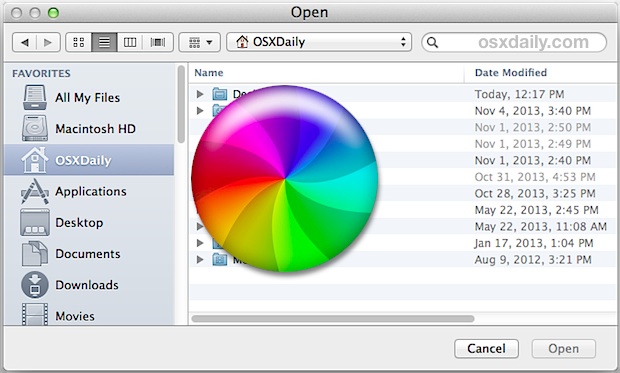Send and Respond to Messages from Notification Center in Mac OS X
 Need to quickly send out a message from your Mac to one of your contacts with iMessage, someone on AIM, Yahoo Messenger, or Facebook messaging? So long as the messaging service is configured for use with the Messages app on the Mac, you can quickly send out a new message directly from Notification Center in Mac OS X.
Need to quickly send out a message from your Mac to one of your contacts with iMessage, someone on AIM, Yahoo Messenger, or Facebook messaging? So long as the messaging service is configured for use with the Messages app on the Mac, you can quickly send out a new message directly from Notification Center in Mac OS X.
This handy feature does not appear to be enabled by default for many Mac users though, first let’s enable the Notification Center messaging option within Mavericks and then cover how to use it:

 Many of us have an iPhone sit on our nightstand to use as a primary alarm clock. But over time, with schedule changes, early flights to catch,
Many of us have an iPhone sit on our nightstand to use as a primary alarm clock. But over time, with schedule changes, early flights to catch, 

 Each new version of Mail app on the iPhone and iPad includes a variety of improvements and adjustments, but out of all the new features, some of the simplest changes are perhaps the most welcome. Case in point; a new and much faster way to easily mark all emails in Mail app as read.
Each new version of Mail app on the iPhone and iPad includes a variety of improvements and adjustments, but out of all the new features, some of the simplest changes are perhaps the most welcome. Case in point; a new and much faster way to easily mark all emails in Mail app as read. 


 While Siri is great at pronouncing some common names, Siri can also completely blunder on others, turning a first or last name into an almost unrecognizable mess of noises that barely resembles the way the name actually sounds.
While Siri is great at pronouncing some common names, Siri can also completely blunder on others, turning a first or last name into an almost unrecognizable mess of noises that barely resembles the way the name actually sounds. 


 FileVault is a security feature that offers full disk encryption for Macs. Identifying Macs that are using FileVault is fairly easy in person for machines that have a logged in user account, all you have to do is check System Preferences to see if has
FileVault is a security feature that offers full disk encryption for Macs. Identifying Macs that are using FileVault is fairly easy in person for machines that have a logged in user account, all you have to do is check System Preferences to see if has 


